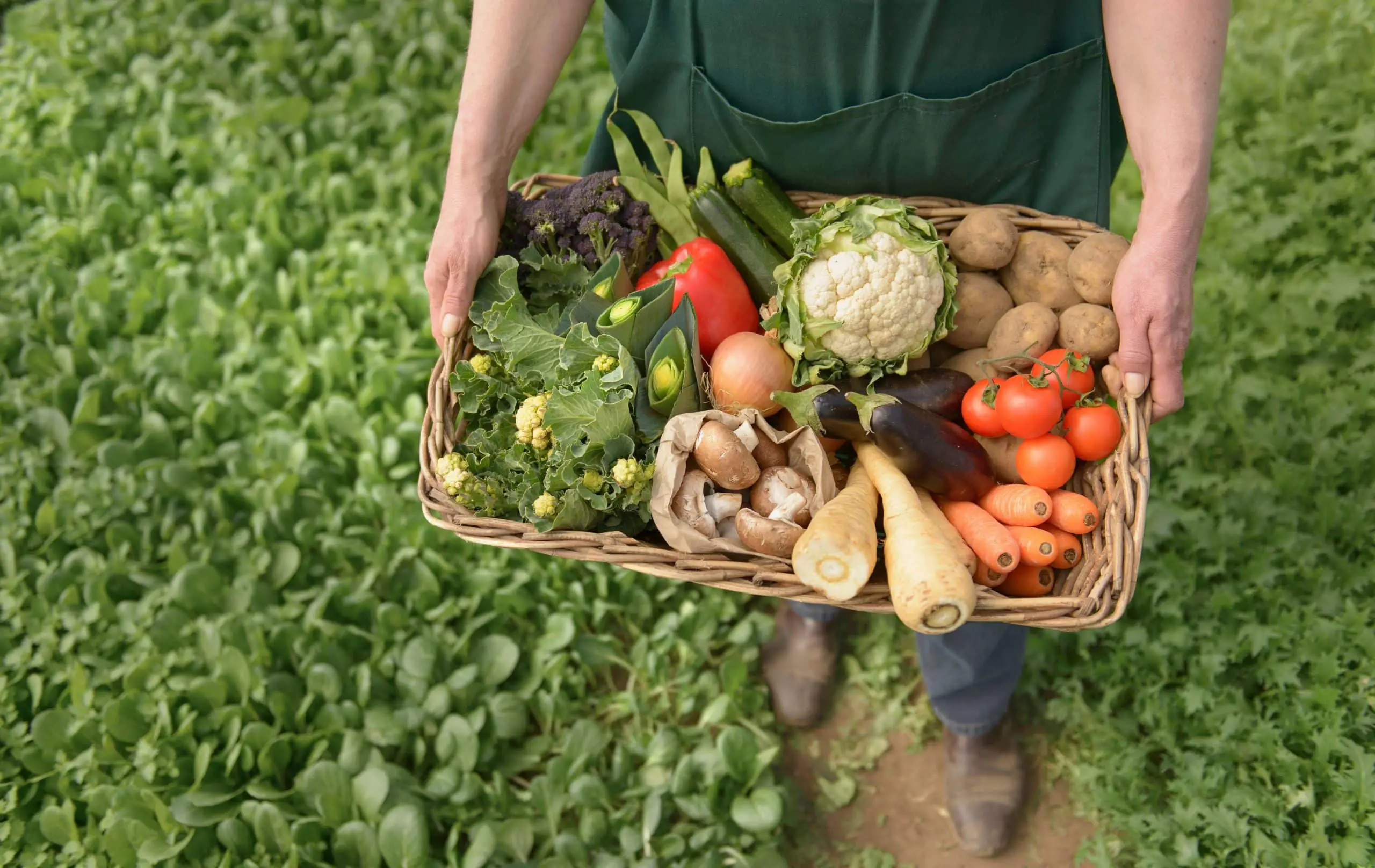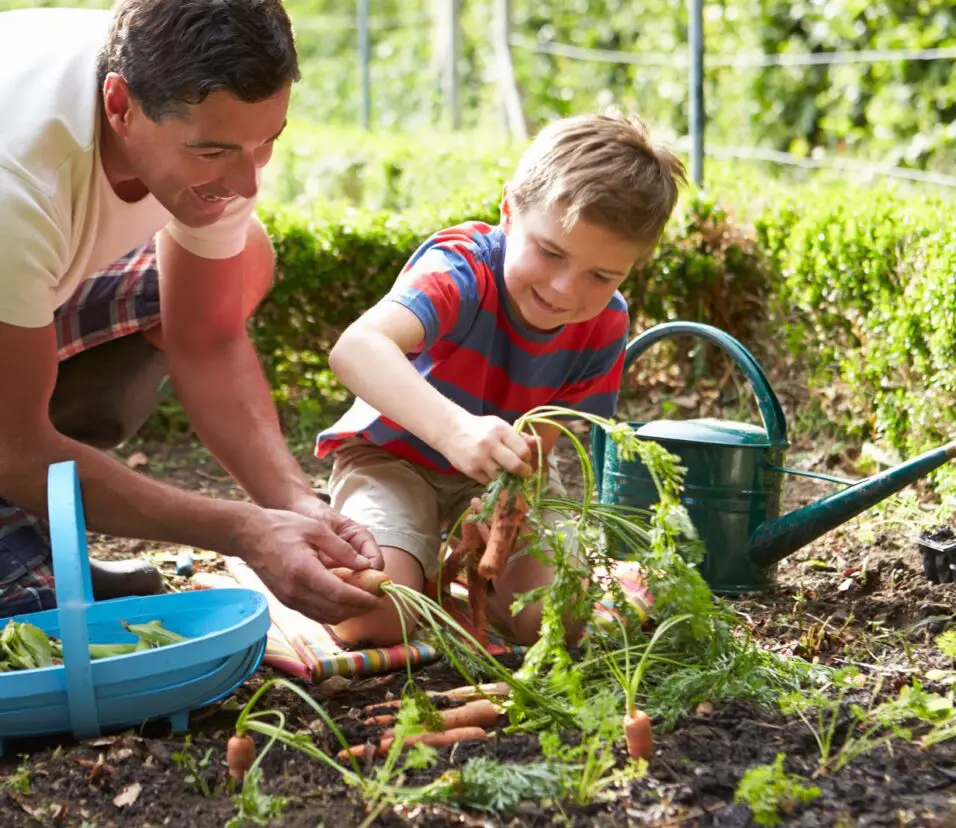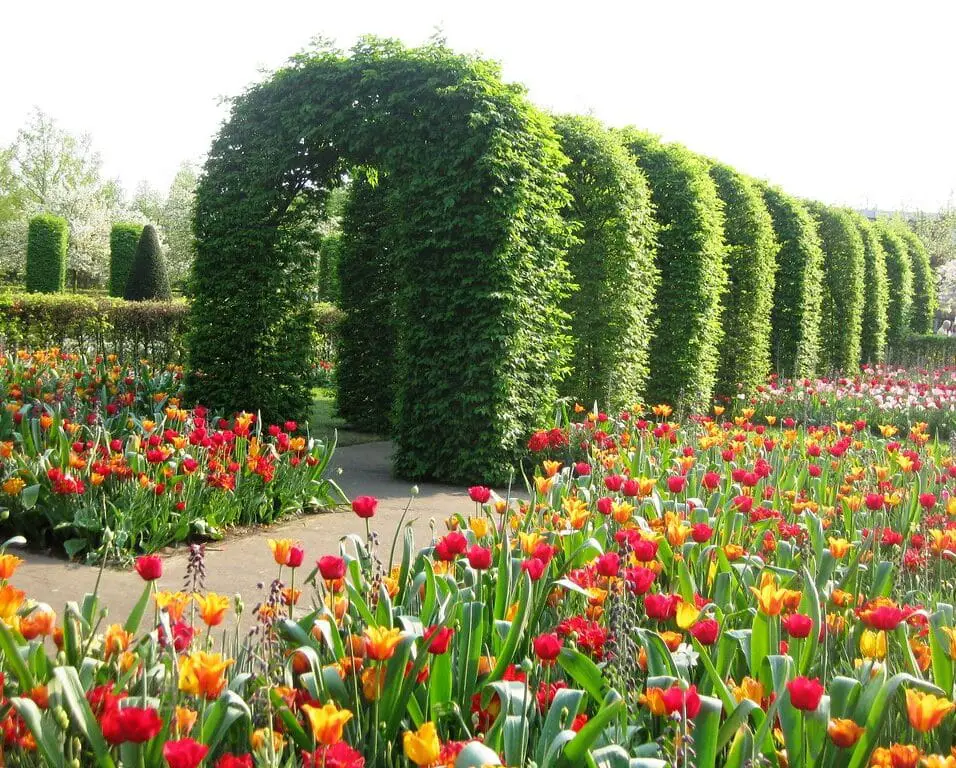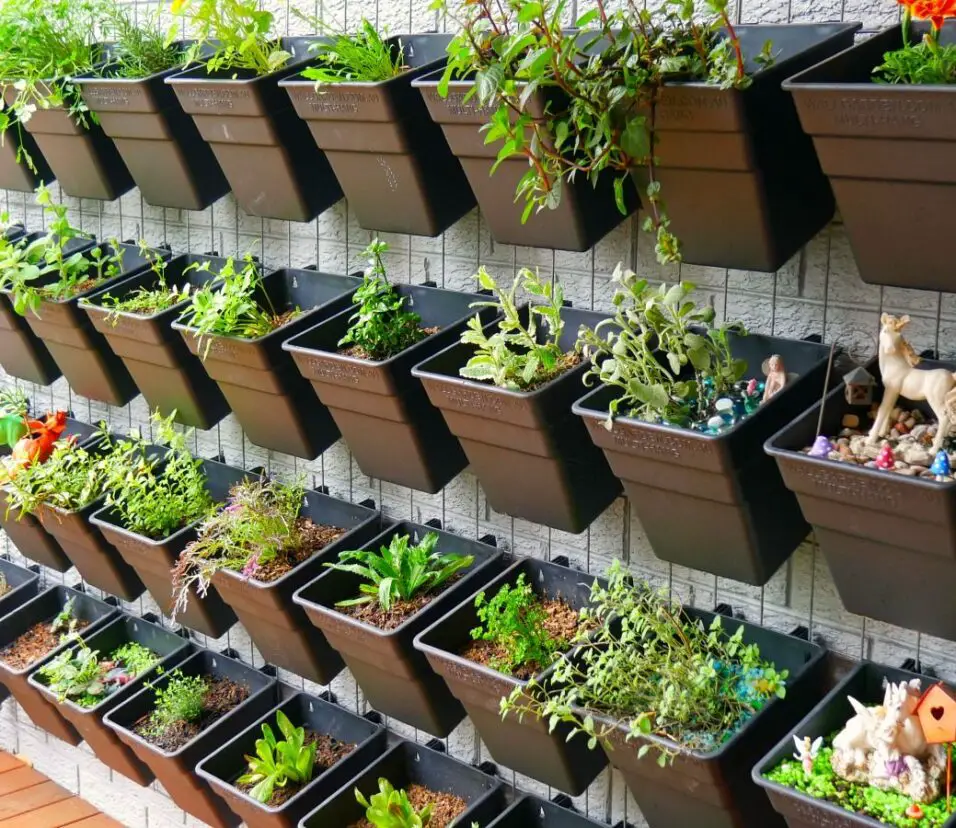Is Market Gardening Intensive Or Extensive
Introduction
Market gardening: intensive or extensive? Modern agriculture relies on market gardening, which has raised debates about its intensity and scope. This discussion centers on whether market gardening is intensive or extensive. This study examines the complex relationship between yield and land use, examining both economic and environmental factors in agriculture.In intensive market gardening practice, crops are grown in small places. This approach emphasizes crop management, careful planning, and sophisticated cultivation. Intensive systems use crop rotation, intercropping, and precision irrigation to maximize output from fewer land parcels. Proponents of intensity say it can boost production, reduce resource waste, and speed up market response.
However, intensive market gardening includes cultivating bigger land areas with lesser inputs per unit. This method may rely more on natural processes and simpler crop management. Extensivity can reduce environmental constraints and promote biodiversity when done sustainably and organically.
A complex interaction of economic forces, ecological repercussions, technological developments, and local settings determines whether market gardening is intensive or extensible. This research will illuminate the spectrum between these two mindsets and their effects on food production, environmental stewardship, and agriculture’s future.
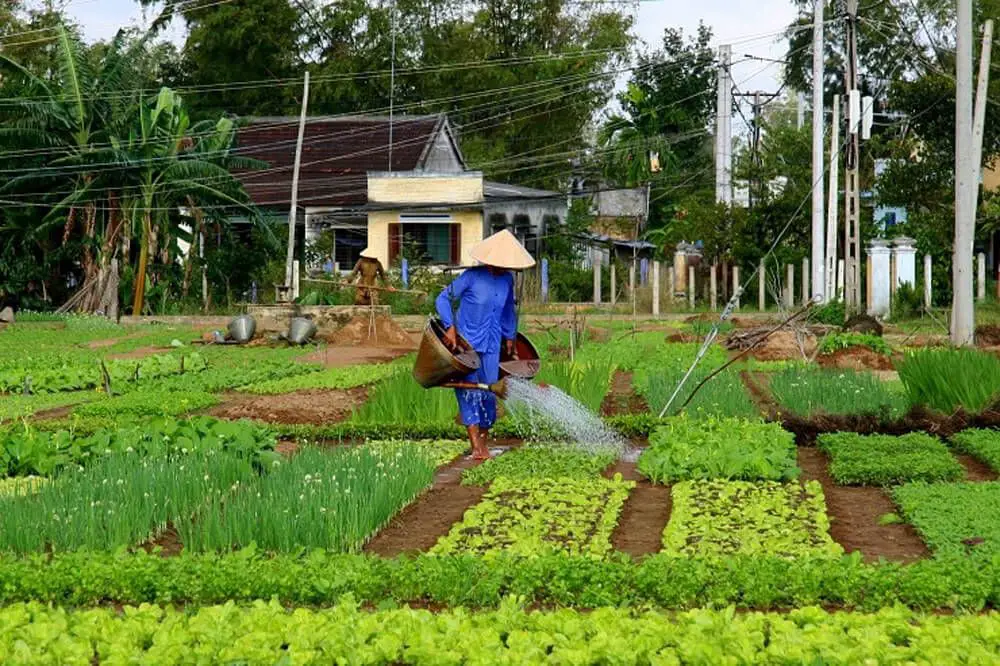
Is market gardening Labour intensive?
Market gardening and horticulture is both labour and capital intensive.
Market gardening relies on humans for planting, weeding, watering, and harvesting, unlike large-scale robotic agriculture.
Precision crop care and space-efficient methods like intercropping and succession planting require specialized labor. Market gardeners nurture their crops through each growing stage to maximize output and quality. This degree of attention requires a lot of time and work.
Market gardeners also strive to offer fresh, locally grown vegetables that suits their clients. This may require growing a variety of crops that require different care. Diversity can make commercial gardening more laborious.
New tools, technology, and automation have reduced market gardening labor. This method emphasizes labor, yet careful use of current tools can balance productivity and labor-intensive processes.
What is the difference between market gardening and intensive subsistence agriculture?
Manual labour, scientific technology, knowledge and high capital are used in market gardening. Animals and manual labour are used in intensive subsistence agriculture. 3. Fruits, vegetables and flowers are produced in this agriculture.
Market gardening grows high-value fruits, vegetables, and herbs for local markets or consumers. To meet market demands, it emphasizes effective land use, accurate cultivation, and fast crop turnover. This strategy is common in urban or peri-urban regions when land is scarce and consumer proximity is important.
In contrast, intense subsistence agriculture produces food for a family or small group. The intense cultivation of staple crops like rice, wheat, and maize for human use. Food security is prioritized by maximizing output on tiny areas of land with labor and methods. This is about self-sufficiency, not profit, unlike market gardening.
Both approaches require a lot of labor and attention to detail, but their goals and crops differ. Market gardening prioritizes profit and consumer desires, while intensive subsistence agriculture meets nutritional necessities. Knowing these distinctions helps build agricultural practices that fit local conditions and goals.
Which method of vegetables gardening is called as intensive gardening?
The correct answer is Kitchen gardening.
Intensive vegetable growing involves careful planning, space efficiency, and high crop yields. This method uses intercropping, raised beds, and succession planting to maximize production on limited land.
Intensive gardening uses every square inch of area and strategically places crops to minimize competition for sunlight, water, and nutrients. Plant spacing is often tighter than in traditional approaches. Intensive gardening also enriches soil with compost and organic matter to improve crop growth.
For urban or small-scale growers with limited area, intensive gardening aims to produce more veggies per unit of land. Careful crop management, attention to detail, and proactive pest and disease control make the strategy successful. Intensive gardening can extend growth seasons with cloches or row covers.
Overall, intensive vegetable farming maximizes productivity while minimizing waste, making it ideal for space and resource conservation.
Which of the following gardens have intensive cultivation?
As intensive and continuous cropping is done in a kitchen garden.
Intensive cultivation is a method primarily observed in market gardens, vegetable gardens, and certain types of small-scale agriculture. These gardens emphasize meticulous planning, careful management, and efficient use of available space and resources to achieve high yields within limited areas.
Market gardens focus on growing high-value vegetables, fruits, and herbs for local markets or consumers. The system maximizes productivity with precision crop management, close spacing, and sophisticated procedures including intercropping and succession planting.
Vegetable gardens use intensive cultivation to produce a large crop in a small space. Diversity in crops is prioritized in these gardens to suit household or community nutritional needs.
Food production gardens use extensive cultivation, unlike ornamental or native plant gardens, which promote aesthetics or ecology. Intensive cultivation uses strategic planning, crop diversity, and resource management to maximize yields on limited land.
What are the defining characteristics that distinguish intensive market gardening from extensive practices?
Intensive market gardening and extensive practices are differentiated by a set of defining characteristics that shape their approaches to cultivation, resource utilization, and overall outcomes. Intensive market gardening revolves around maximizing productivity within limited land areas. It is characterized by close planting, meticulous crop management, and a focus on high-value crops like vegetables, fruits, and herbs. This method employs advanced techniques such as intercropping, succession planting, and precision irrigation to optimize space and resource efficiency, resulting in elevated yields and quicker crop turnover.
Conversely, extensive practices prioritize a larger land footprint and often involve cultivating staple crops or crops with lower market value. This approach may entail less intricate crop management, fewer interventions, and a reliance on natural processes. Extensive systems can contribute to biodiversity and environmental preservation due to their potential to provide habitats for various species and reduce ecosystem disruption.
The key distinction lies in the balance between productivity and land use. Intensive market gardening emphasizes high output and resource optimization within confined spaces, while extensive practices prioritize a broader land area and ecological considerations. These differences reflect the intricate interplay between economic objectives, environmental impacts, and agricultural innovation, shaping the strategies employed by growers to meet varying demands and goals.
How do factors like crop diversity and efficient resource utilization contribute to the intensity of market gardening?
Crop diversity and efficient resource utilization are integral components that significantly contribute to the intensity of market gardening.
Market gardeners use crop diversity to maximize productivity and reduce monoculture dangers. Gardeners can stagger planting and harvesting to ensure a steady supply of produce by growing a range of crops. Diversification reduces pest and disease loads and optimizes soil nutrients, increasing resilience against possible difficulties.
Market gardening is intensified by efficient resource use of space, water, and fertilizers. Intercropping and companion planting reduce resource competition and boost yield by taking use of crop spatial interactions. Precision irrigation reduces water waste by targeting crops. Organic matter and compost improve soil structure and fertility, retaining nutrients and lowering inputs.
Crop diversification and smart resource use allow market gardeners to maximize plot yields, improving economic returns and environmental sustainability. This intensity emphasizes market gardening’s precise planning and inventive tactics.
In what ways can advanced techniques like intercropping and precision irrigation be considered hallmarks of intensive market gardening?
Advanced techniques like intercropping and precision irrigation are indisputable hallmarks of intensive market gardening, embodying its essence of maximizing productivity within confined spaces.
Intercropping, a practice of growing different crops together in close proximity, is a cornerstone of intensity in market gardening. This technique optimizes space utilization by utilizing vertical and horizontal growing areas simultaneously. Intercropping enables efficient resource allocation and creates diverse microenvironments that discourage pests and diseases, thus enhancing overall yield and sustainability.
Gardens use drip irrigation to maintain soil hydration, reduce water use, minimize nutrient loss, and reduce weed growth.
Intensive market gardening emphasizes efficiency and productivity, as seen by these sophisticated methods. They combine innovation, resource management, and environmental care to help growers maximize yields while minimizing environmental effect.
What role does technological innovation play in shaping the intensity or extensivity of modern market gardening practices?
Technological innovation plays a pivotal role in shaping the intensity and extensivity of modern market gardening practices by revolutionizing cultivation techniques, resource management, and overall efficiency.
In terms of intensity, technological innovations such as precision agriculture tools enable precise monitoring of soil conditions, water levels, and crop health. This data-driven approach empowers market gardeners to optimize resource allocation, minimize waste, and achieve higher yields within limited spaces. Automated systems for irrigation, pest control, and climate regulation streamline labor-intensive tasks, enhancing productivity while maintaining quality.
Conversely, technological advancements also facilitate extensivity by making large-scale cultivation more manageable. Machinery, such as mechanical planters and harvesters, eases the workload in extensive settings, reducing the need for extensive manual labor. Innovations in soil analysis and land management aid in identifying suitable areas for cultivation, enabling efficient utilization of expansive plots.
In essence, technological innovation acts as a dynamic bridge between intensity and extensivity in market gardening. It empowers growers to achieve higher productivity and sustainability in intensive systems, while also making extensive practices more viable and efficient through mechanization and data-driven decision-making. As technology continues to evolve, it will further define the landscape of modern market gardening, offering solutions that balance intensity with scalability and resource conservation.
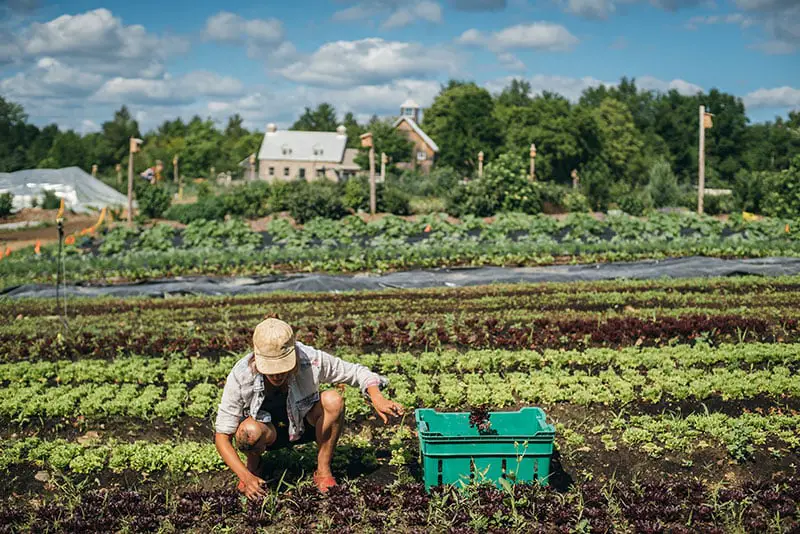
Conclusion
The characterization of market gardening as either intensive or extensive is a multifaceted conundrum that defies a one-size-fits-all classification. Both paradigms offer distinct advantages and challenges, and their appropriateness depends on various factors, including geographic location, economic objectives, environmental considerations, and technological advancements.Intensive market gardening, with its meticulous attention to detail and advanced techniques, holds the promise of elevated yields and efficient resource utilization. This approach aligns well with the demands of urbanized areas and regions with limited arable land, where maximizing productivity within confined spaces is paramount. However, the potential drawbacks of intensified practices, such as increased resource consumption and a heightened risk of environmental degradation, necessitate careful management and sustainable strategies to ensure long-term viability.
Wider cultivation areas and lower environmental effect make extensive market gardening compatible with ecological balance and biodiversity protection. This method promotes resilient ecosystems and meets the needs of land-rich regions. Extensive practices may struggle to fulfill rising demand and need further technical innovation to improve yields and sustain ecological benefits.
In market gardening, the best intensity and extensivity choice depends on a holistic examination of various aspects. Creating a balance between these methods that fits each agricultural terrain is promising. Market gardening’s evolution can lead to a resilient and productive agricultural future that meets the diverse needs of communities, economies, and ecosystems by combining intensive and extensive techniques with sustainable practices and innovative technologies.



